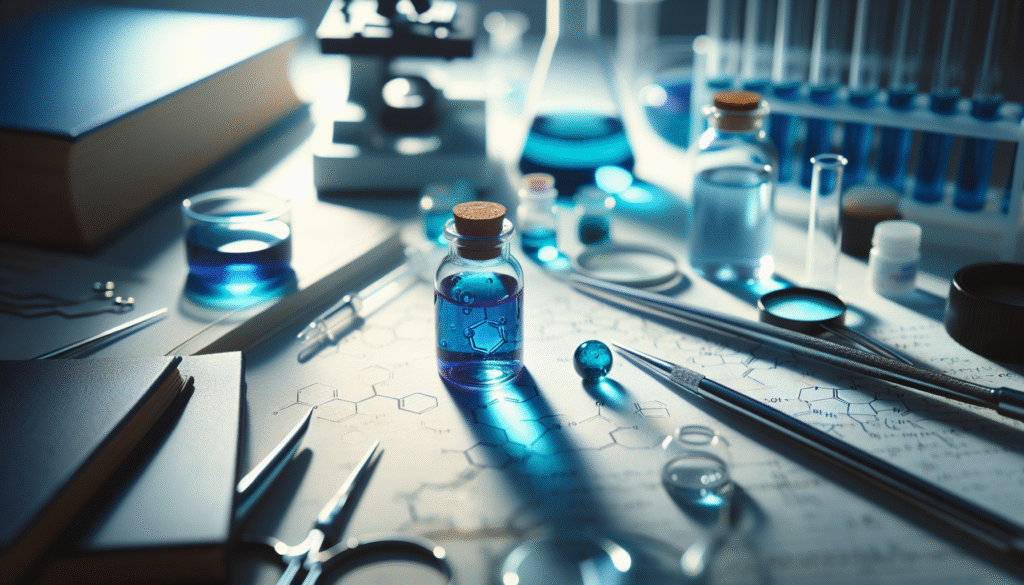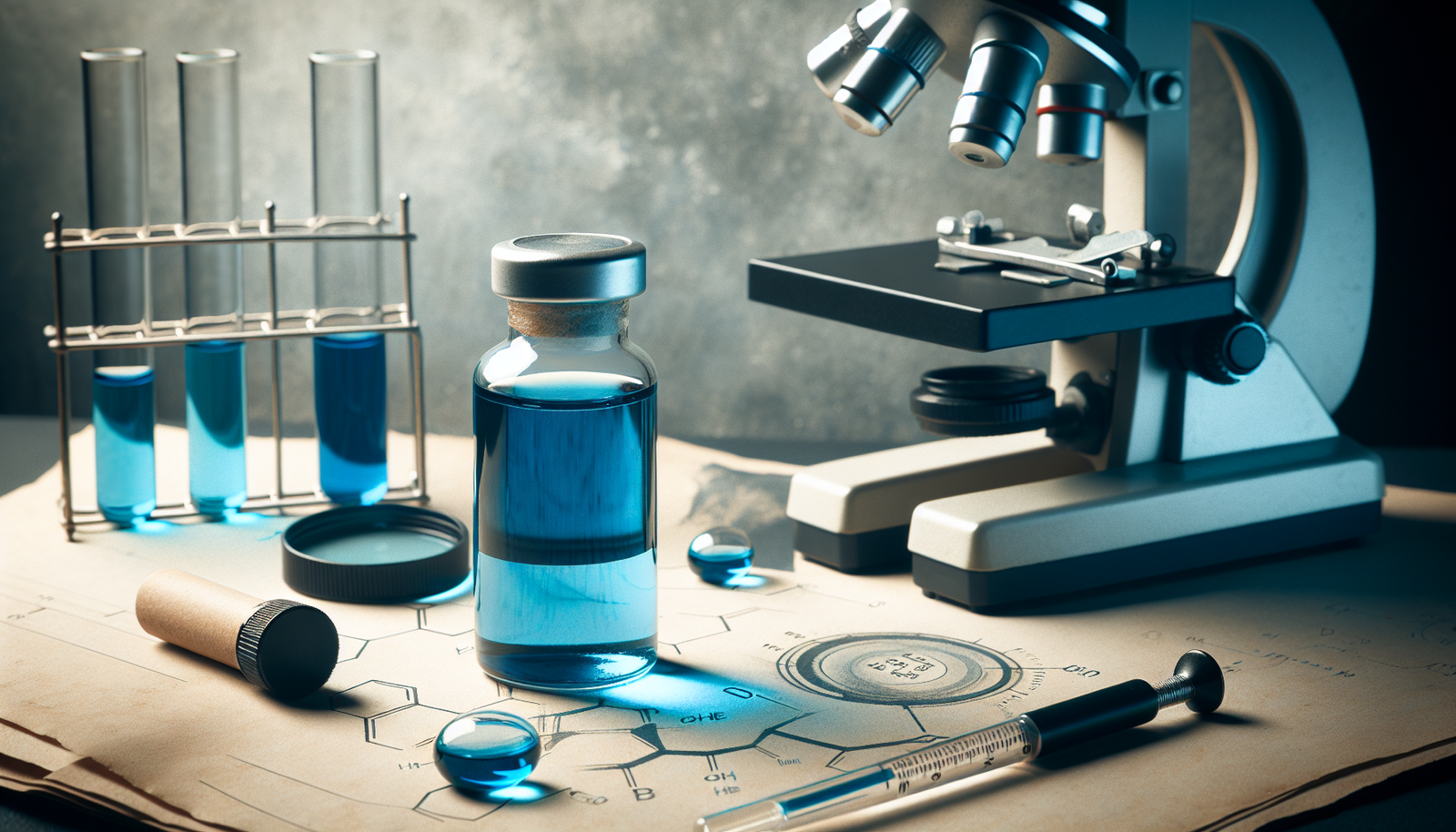
What if a single compound could reshape our understanding of biological processes, serve as a treatment for various ailments, and even illuminate complex cellular pathways? Methylene blue, often dismissed as merely a dye, has emerged as an indispensable tool across multiple scientific disciplines. In this article, we delve into the top ten applications of methylene blue in science, revealing its versatility and potential for advancing research and medicine.
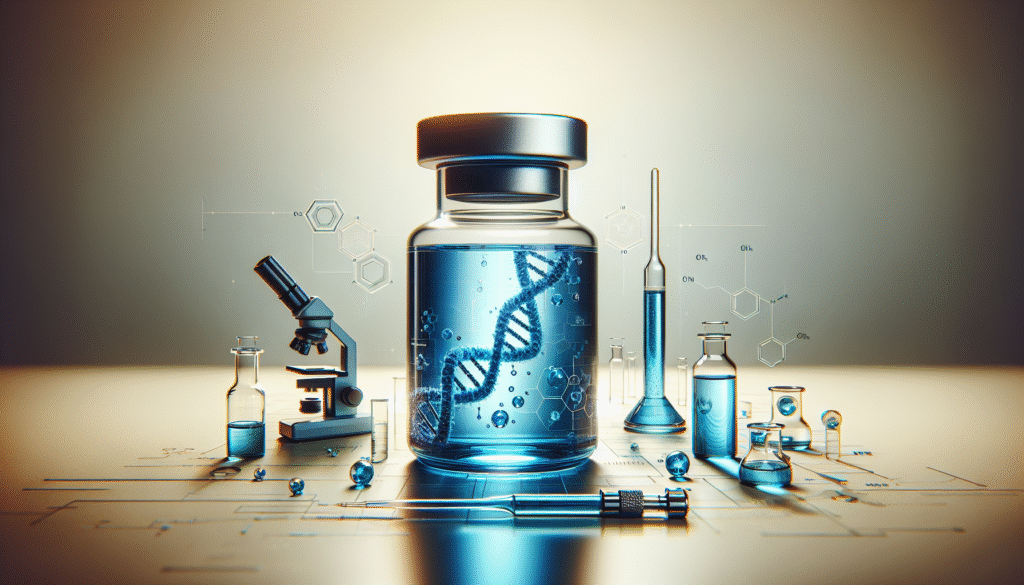
1. Methylene Blue as a Diagnostic Tool
Methylene blue’s role as a diagnostic agent in medical science is profound. It has unique staining properties that enable visualization and differentiation of biological tissues.
Importance in Histology
Histology, the study of microscopic structures within tissues, relies heavily on staining techniques. Methylene blue, known for its affinity to cellular components, is used to stain sections of tissue samples to highlight nuclei and other organelles. This facilitates the identification of various cell types and the assessment of pathological conditions.
Application in Medical Diagnostics
In clinical settings, methylene blue can be used to aid in the diagnosis of methemoglobinemia, a condition characterized by elevated levels of methemoglobin in the blood. The compound serves as an effective reducing agent that converts methemoglobin back to its functional form, thereby improving the patient’s condition and providing immediate diagnostic feedback.
2. Treatment of Methemoglobinemia
As previously mentioned, methylene blue serves as a treatment for methemoglobinemia. This condition can result from exposure to certain chemicals, drugs, or genetic disorders, which impede the blood’s ability to carry oxygen.
Mechanism of Action
Methylene blue functions through its actions on the electron transport chain, ultimately facilitating the conversion of methemoglobin back to hemoglobin. This reduction of methemoglobin enhances oxygen transport and alleviates symptoms rapidly, making it a crucial component in emergency medicine.
Dosage and Administration
The dosage of methylene blue varies based on the severity of methemoglobinemia. Typically, the administration of 1-2 mg/kg intravenously is employed for adults, whereas pediatric dosages are more carefully calculated depending on the child’s weight. Medical professionals must consider potential side effects, including the risk of serotonin syndrome when administered with certain medications.
3. Methylene Blue in Neuroscience Research
Methylene blue has gained attention for its intriguing neuroprotective properties, positioning it as a valuable compound in neuroscience research.
Role in Alleviating Cognitive Decline
Studies indicate that methylene blue enhances mitochondrial function and reduces oxidative stress, both of which play pivotal roles in cognitive decline associated with aging and neurodegenerative diseases.
Investigating Alzheimer’s Disease
Researchers are exploring the efficacy of methylene blue in treating Alzheimer’s disease. Preliminary results suggest that it may inhibit tau aggregation and promote neuronal health. These findings open new avenues for potentially revolutionizing Alzheimer’s treatment paradigms.
4. Photodynamic Therapy
In the realm of cancer treatment, methylene blue emerges as a cornerstone of photodynamic therapy (PDT). This innovative approach combines specific light wavelengths with photosensitizing agents to target tumor cells effectively.
Mechanism of Photodynamic Action
When exposed to light, methylene blue generates reactive oxygen species (ROS) that induce cellular apoptosis in malignant cells. This targeted approach minimizes damage to surrounding healthy tissues, making PDT an attractive option for localized tumors.
Clinical Applications
Methylene blue-based PDT has shown promise in treating various tumors, including skin and oral cancers. Ongoing clinical trials continue to assess its effectiveness and optimize treatment protocols, indicating a robust potential for future oncological therapies.
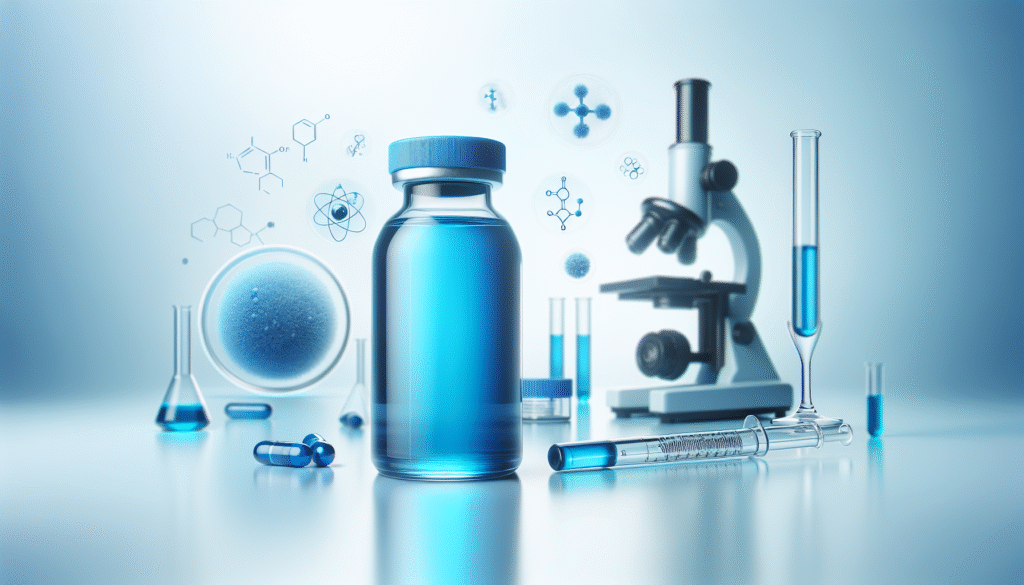
5. Microbial Staining and Identification
Methylene blue is not limited to human biology; it plays a vital role in microbiology as well, serving as a powerful dye for microbial staining.
Importance in Bacterial Identification
In microbiology labs, methylene blue is utilized to stain bacterial cultures, allowing for easy identification during microscopy. It binds to bacterial cells, rendering them visible against a contrasting background.
Application in Antibiotic Susceptibility Testing
Further, the compound supports antibiotic susceptibility testing by facilitating the differentiation of susceptible and resistant strains. This rapid identification aids clinicians in selecting appropriate antimicrobial therapies, thereby improving patient outcomes.
6. Methylene Blue in Cellular Biology
Researchers frequently leverage methylene blue in cellular biology for its capacity to stain and visualize crucial cellular structures.
Staining Organelle Structures
Methylene blue effectively stains cellular components such as the nucleus and mitochondria, allowing for detailed observation of cellular morphology. This is particularly useful in educational settings, where students learn about cellular structures and functions.
Impact on Cell Viability Studies
In cell viability assays, methylene blue serves as a vital indicator of cellular health. The dye is capable of permeating dead cells while remaining excluded from live cells, enabling researchers to quantify cell viability accurately. This application is fundamental in toxicology research, where it helps assess the effects of various substances on cell health.
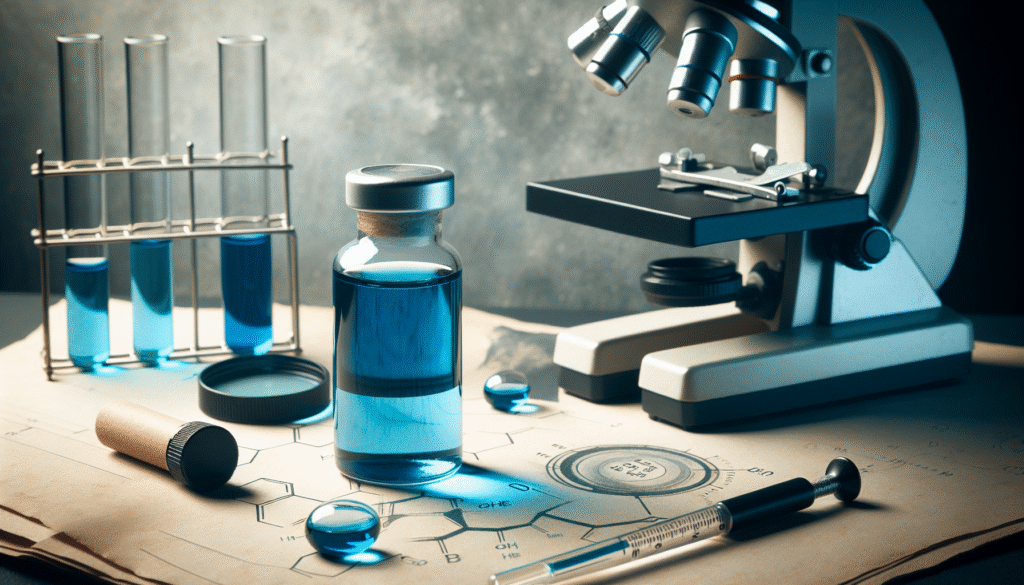
7. Antimicrobial Properties
The antimicrobial properties of methylene blue extend its utility far beyond mere staining. It exhibits effectiveness against a broad spectrum of pathogens, including bacteria, fungi, and viruses.
Application in Dentistry
Dentists have integrated methylene blue into their armamentarium to treat oral infections due to its potent antimicrobial action. It serves as an adjunct in managing periodontal disease, oral ulcers, and as a surface disinfectant during procedures.
Development of Therapeutic Strategies
Ongoing research aims to harness the antiseptic properties of methylene blue further. For instance, studies are exploring its potential use in wound healing, particularly in chronic and hard-to-heal wounds, highlighting its multifaceted applications in healthcare.
8. Methylene Blue and Mitochondrial Function
Emerging data reveal a compelling link between methylene blue and enhanced mitochondrial function, further expanding its relevance in scientific inquiries.
Mitochondrial Biogenesis
Methylene blue has been shown to promote mitochondrial biogenesis by activating key signaling pathways. This can lead to improved energy production at the cellular level, which is particularly beneficial in conditions associated with mitochondrial dysfunction.
Potential Applications in Metabolic Disorders
Research into the applications of methylene blue in metabolic disorders is underway. As mounting evidence points to its efficacy in enhancing metabolic function, it may serve as a novel therapeutic agent for conditions such as type 2 diabetes and obesity.
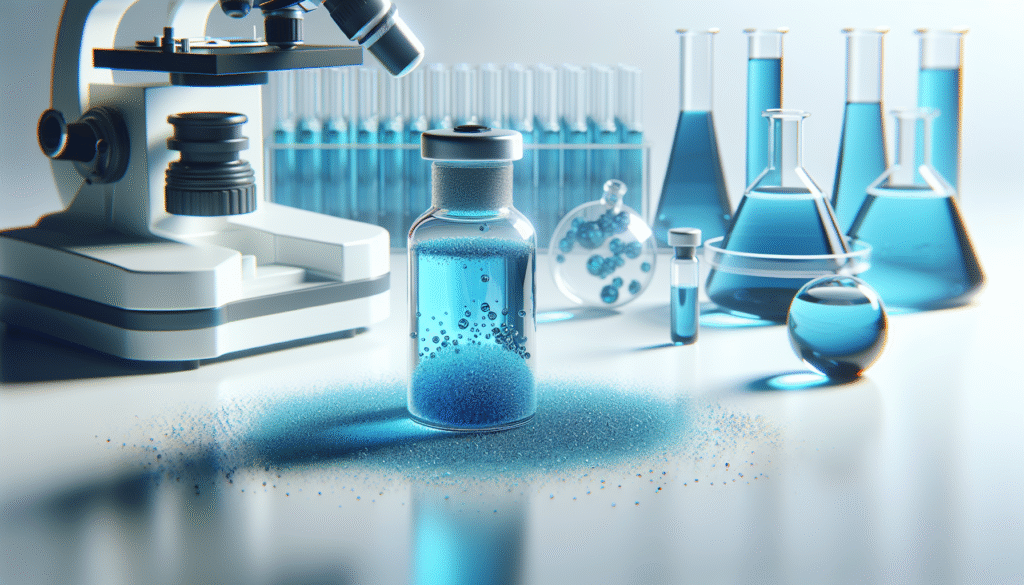
9. Environmental Applications
Beyond healthcare and research, methylene blue finds applications in environmental science, particularly in water treatment processes.
Water Purification
The compound possesses properties that allow it to bind to various pollutants, making it effective in water purification efforts. Methylene blue can be employed to detect the presence of contaminants in water systems, aiding in environmental monitoring.
Assessing Degradation of Pollutants
In environmental studies, methylene blue is used to evaluate the degradation rates of different pollutants in aquatic ecosystems. This is crucial for developing strategies to mitigate the effects of industrial waste and chemical runoff in natural bodies of water.
10. Historical Significance and Future Directions
Lastly, understanding the historical context of methylene blue reveals its evolution over time and hints at future potential. Initially synthesized in the 19th century, this compound has undergone extensive research and application across diverse scientific fields.
Broader Implications for Research
The ongoing studies surrounding methylene blue’s properties suggest that its applications may extend even further than currently recognized. As researchers uncover new cellular mechanisms and therapeutic avenues, methylene blue could emerge as a keystone in novel drug development.
Conclusion
With its remarkable versatility, methylene blue stands out as an essential compound in various scientific domains. From diagnostic tools in medical science to photodynamic therapies in oncology and antimicrobial applications in dentistry, the implications of methylene blue are vast. Looking to the future, continued research into its mechanisms will undoubtedly unveil new paths for its application in improving health outcomes and advancing scientific knowledge. Your awareness of these applications not only enhances your understanding of this compound but also invites further inquiry into the remarkable potential of seemingly simple substances in shaping our world.
